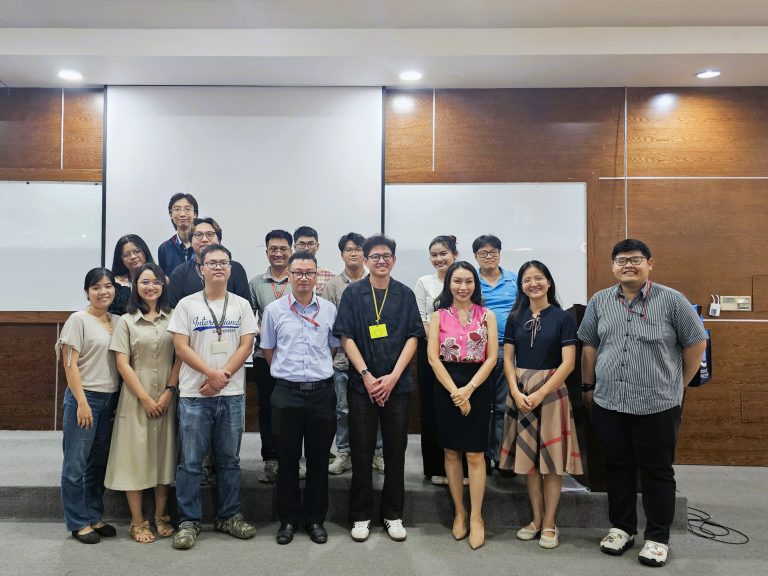Seminar
Structure based-immunogen design, vaccine development and therapeutic antibody discovery against seasonal and pandemic-potential viruses: lessons from SARS-CoV-2 and a focus on Influenza virus
On January 23rd, 2024, Dr. Nguyen Nhat Lam visited the Research Center for Infectious Diseases and gave an insightful talk about his research field: vaccine development. The seminar focused on 03 main topics, including (1) proof of concept for structure-based immunogen design driven the development of COVID-19 vaccine, (2) influenza hemagglutinin (HA) stem nanoparticle, a promising vaccine candidate toward universal flu vaccine and (3) protective human monoclonal antibodies target conserved sites of vulnerability on the underside of influenza virus neuraminidase.
- Vaccine design
- Infectious diseases
- Molecular Immunoengineering

Have a look at the summary of Dr. Lam’s talk
Background
Continuously evolving influenza viruses cause seasonal epidemics and pose global pandemic threats. The two viral surface glycoproteins on influenza virions, hemagglutinin (HA) and neuraminidase (NA), facilitate viral entry and egress from host cells, respectively. Although NA is a key target of licensed antivirals, our understanding of the NA antigenic landscape remains incomplete. Moreover, it has been underappreciated as a target for protective antibodies. Identification of such antibodies targeting the viral NA not only leads to effective medical countermeasures but also provides a blueprint to design vaccines targeting those protective epitopes.
Methods
We used recombinant N2 NA tetramer probes to isolate memory B cells from two convalescent individuals of H3N2 influenza infection by flow cytometry. NA-specific memory B cells were single-cell sorted and their immunoglobulin genes were sequenced. Immunoglobulins were recombinantly produced and assessed their binding to recombinant N2 NAs derived from various viruses. We also performed functional assays including neuraminidase activity inhibition and virus inhibition assays. Two NA antibodies termed NDS.1 and NDS.3 were also structurally characterized in complex with N2 NA tetramers by using cryo-EM.
Results
We show that NA-specific human antibodies that target the underside of the NA globular head domain, inhibit viral propagation of a wide range of human H3N2, swine-origin variant H3N2, and H2N2 viruses, and confer both pre- and post-exposure protection against lethal H3N2 infection in mice. Cryo-EM structures of two such antibodies in complex with NA reveal non-overlapping epitopes covering the underside of the NA head. These sites are highly conserved among N2 NAs, yet inaccessible unless the NA head tilts or dissociates.
Conclusions
These functional human mAbs recognize the underside of NA which is thought to be inaccessible, suggesting that NA globular head domain can substantially tilt on the virus surface or its tetramer can dissociate as reported in recent studies to expose the underside epitopes for immune recognition. Our findings identify viable sites of vulnerability on NA and will foster new vaccine/therapeutic approaches.
